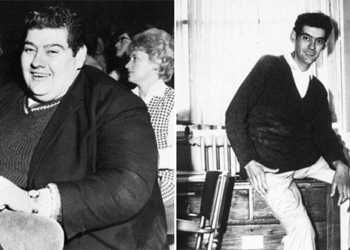The Oscar statuette is one of the most prestigious awards in the world, sought after by any artist in the film industry.
The award, presented by the Academy, has honored cinematic works annually since 1929. The Oscar statuette typically stands about 24 cm tall and weighs 3.86 kg. This prestigious award is meant for those who work in the seventh art.
So, what is the process for creating this golden statuette, and what is its value?
The infographic below will provide you with the answers.

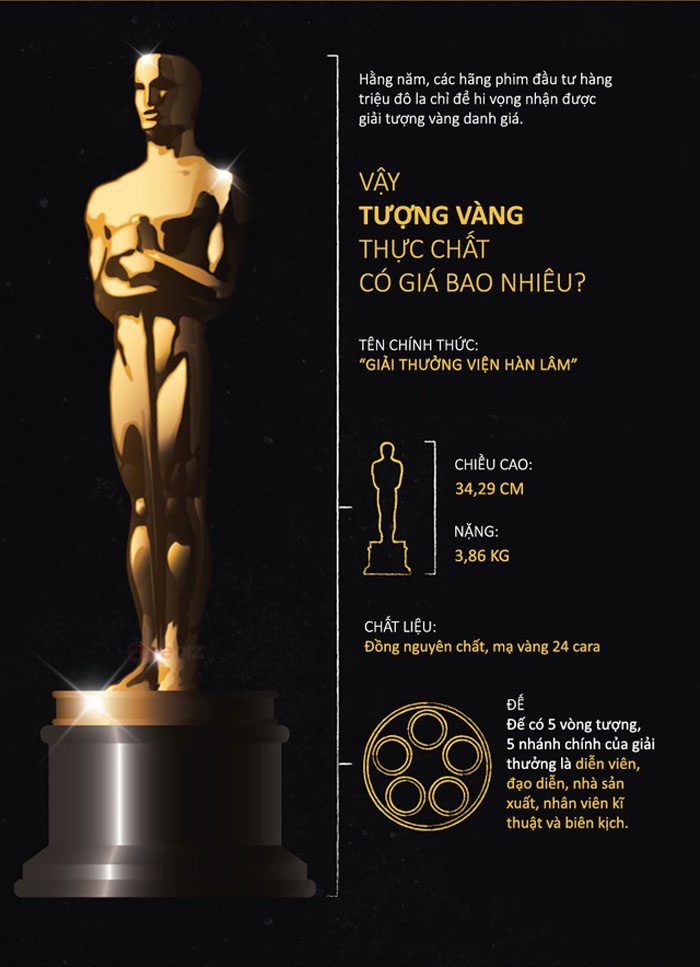



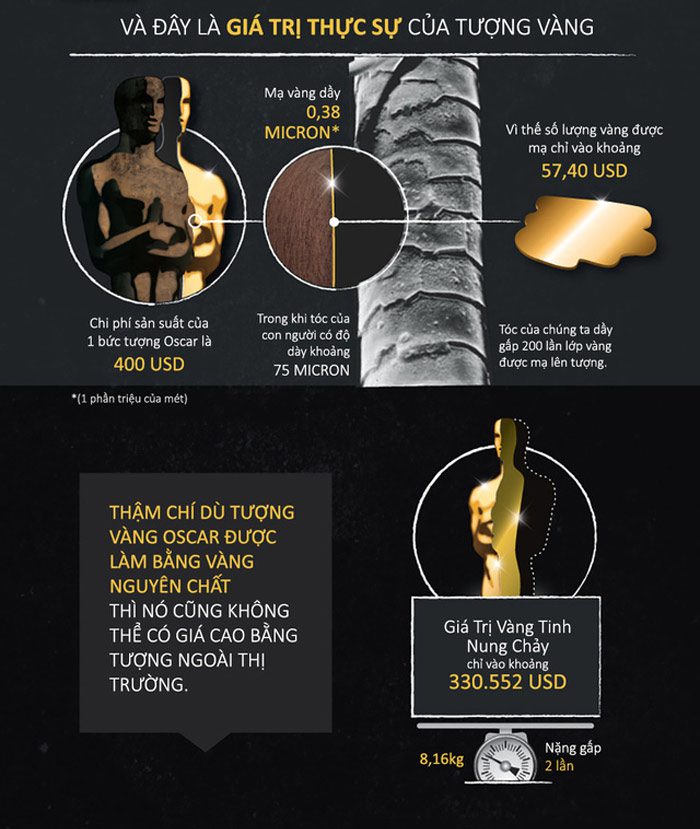
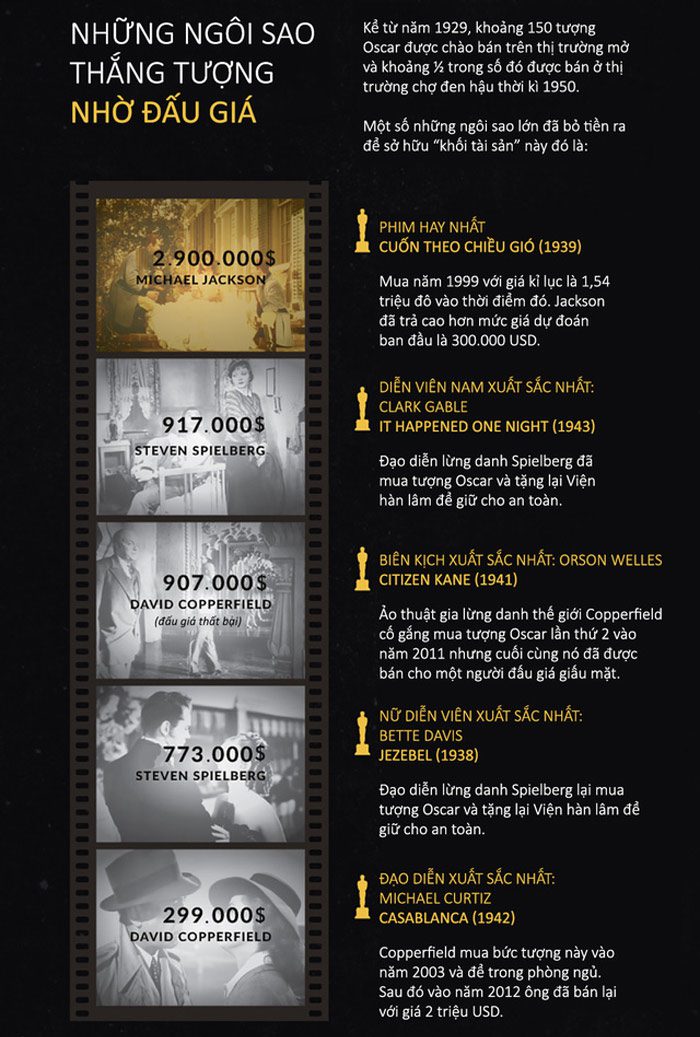
The Oscar Statuette was stolen in 2000
In 2000, a rare incident occurred when a truck carrying 55 Oscar statuettes was broken into and stolen. However, these 55 statuettes were soon discovered by a man named Willie Fulgear in a junkyard. Following this event, the Academy decided to enhance security for the statuettes and also began producing extras as a precaution.
Oscar is not the official name of the statuette
The official name of the award is the Academy Award of Merit. However, today, it is more commonly known by the memorable name Oscar. There are two explanations for this name.
The first explanation comes from the famous actress Bette Davis, who believed that the name Oscar was derived from her husband, Harmon Oscar Nelson.
However, some people believe the name Oscar originated in 1931 when Margaret Herrick, the Executive Secretary of the Academy of Motion Picture Arts and Sciences, remarked that the statuette reminded her of her Uncle Oscar. Journalist Sidney Skolsky, who was present at the time, quickly seized the name for a headline in his article titled: A Staff Member Fondly Calls the Famous Statuette Oscar. From then on, the name became widely used.
Audrey Hepburn initiated the tradition of kissing the statuette
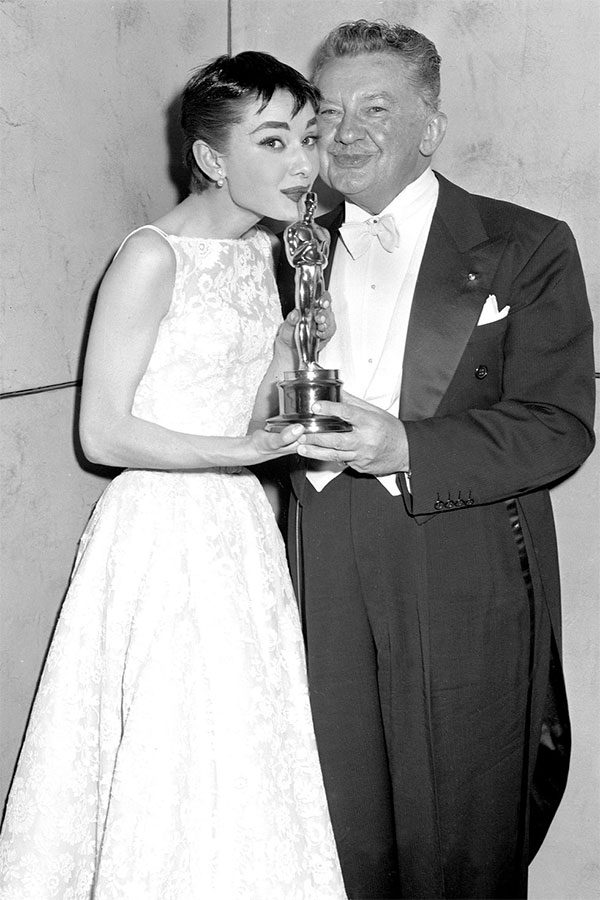
Photo: Town & Country Magazine
Few know that the image of kissing the Oscar statuette was initiated by the beautiful actress Audrey Hepburn. This adorable celebratory act was captured by photographers when she received her first golden trophy for her role in the 1954 film Roman Holiday.
The Academy has previously awarded an Oscar to a child actor
The Academy once introduced a special award for young actors, the Academy Juvenile Award, as a way to honor young cinematic talents without forcing these child actors to compete with older actors.
Actress Shirley Temple was one of the recipients of this award in 1935 for her role in the film Bright Eyes. However, the juvenile Oscar version was discontinued by the Academy in 1962, as there were not always young actors nominated for the award each year.









































